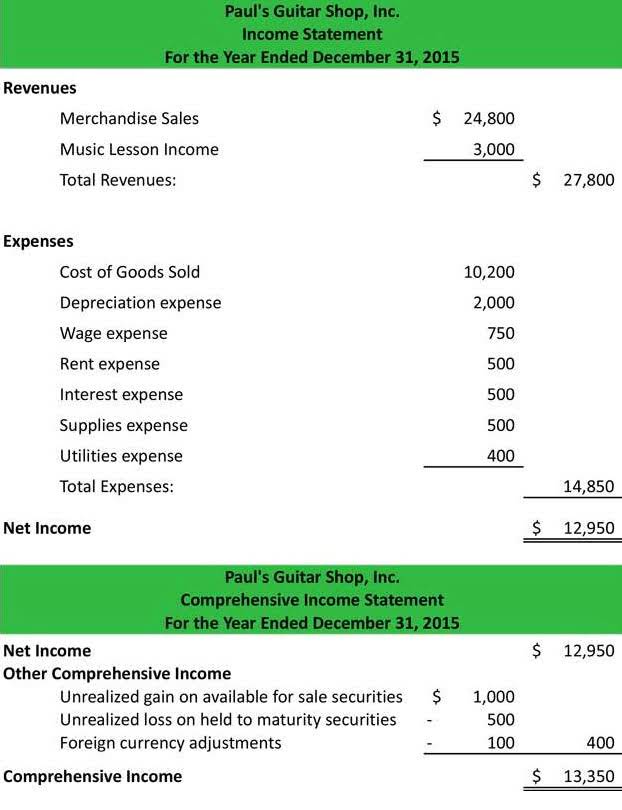
Stock buybacks, for instance, reduce the number of outstanding shares, potentially boosting the company’s earnings per share (EPS) and making each share more valuable. The image below shows a section of Apple’s (AAPL -1.33%) balance sheet from 2016 through 2020. The second line from the bottom indicates the number of shares outstanding at the end of each fiscal year, and the bottom line indicates how many new shares were issued by Apple in that year. Total shares outstanding decreased from more than 21 billion in 2016 to less than 17 billion in 2020. The tech company spent billions buying back its stock during these years. For most companies, the number of authorized shares well exceeds the shares outstanding.
Public offerings, legal wins, and medical breakthroughs driving markets!
- Outstanding shares are the aggregate number of shares that a corporation has issued to investors.
- Recognizing that a company’s number of shares outstanding can change is also useful.
- Heavy trading by closely held shareholders could also affect the stock’s weighting impact in free float capitalization indexes.
- Whether potential shares are considered anti-dilutive depends on the period.
- A company also often keeps a portion of its total outstanding shares of stock in its treasury from both initial stock issues and stock repurchase.
- Should they do so, however, they would also contribute $50 million in cash to the corporate treasury.
Company retained earnings A issues 1000 shares, out of which 400 shares are floated to the public, 400 shares are held by company insiders and 200 shares are kept in the company treasury. Here, if you think the number of outstanding shares is 800, you are right. The seven billion floating shares are the shares considered for the free float, market capitalization index weightings. That’s because the vast majority of its shares are available to the general investing public.
Why It’s Important to Know How Many Shares Are Issued and Outstanding

Lockups aside, long-standing investors such as founders or venture capital backers may have their own restrictions on selling, or may have signaled that they have no intent to do so. And so our company has a basic share count of 100 million — but a diluted share count of 205 million (100 million basic + 5 million options and warrants + 100 million in shares from the $500 million in convertible debt). Outstanding shares refer to the authorized shares that have been issued to a company’s shareholders, excluding the treasury stock retained by the company itself. Financial lingo can be confusing, but it is nonetheless very important to grasp for those interested in investing in products like stocks, bonds, or mutual funds. Many of the financial ratios used in the fundamental analysis include terms like outstanding shares and the float. Let’s go through the terms shares and float so that next time you come across them, you will know their significance.

How to calculate issued and outstanding shares, and why it’s important

While we strive to provide a wide range of offers, Bankrate does not include information about every financial or credit product or service. Most notably, short interest usually is measured as a percentage of the float, rather than shares outstanding. This is because short sellers, when choosing to cover, can only buy the shares actually in the float. And so in theory (and often in practice), highly-shorted stocks with a low float present ripe conditions for a so-called “short squeeze”. For a loss-making company, the diluted share count will reduce loss per share, since the net loss is being spread over a larger amount of shares. One key goal of the diluted share figure is shares outstanding formula to appropriately calculate earnings per share accounting for all of the potential shares out there, whether currently existing or underlying other instruments.
Outstanding shares of stock is the kind of stock issued by the company https://www.bookstime.com/ that is owned by investors, rather than by corporations themselves. If you’re a market beginner, learning the ins and outs of stocks will help you get started trading, and making money. Read on to learn how to calculate outstanding shares so you can begin mastering the market. In particular, when a company issues stock that has a par value, the balance sheet will typically have numbers you can use to calculate issued shares. Let us understand where investors and analysts can find the data regarding the total outstanding shares of a company through the points below. It is essential to note that outstanding shares can fluctuate due to events such as stock buybacks or secondary offerings.
